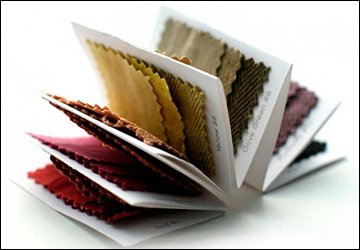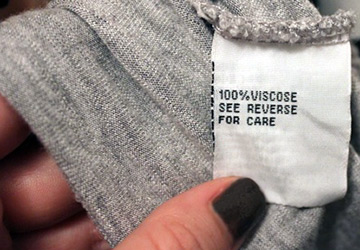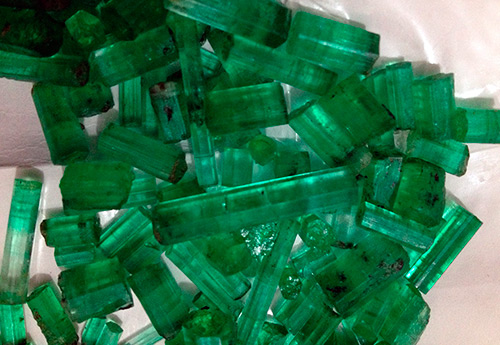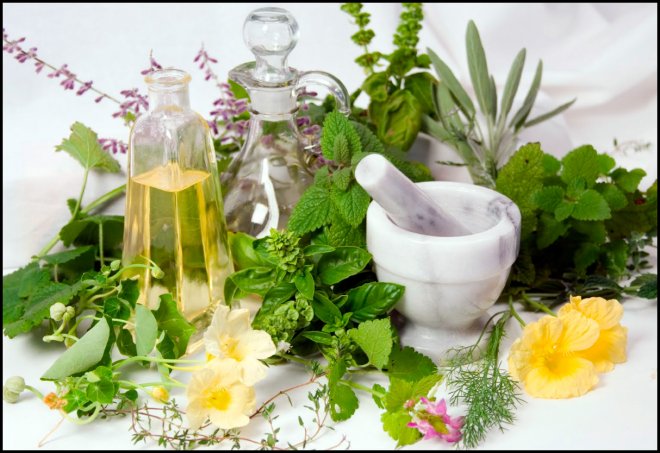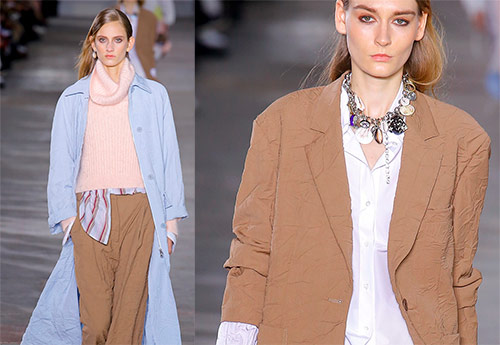Materials Science
What fabric to choose: we study the composition
The heat in Moscow does not intend to recede, and the demand for things made from natural materials is growing. Linen T-shirts at ZARA were disassembled in the first hours of the sale, because it is believed that they are not so hot in them and that natural fabrics are better than synthetics. But are they really better? And if better, then how? How to distinguish natural? Today I, Evgenia Beletskaya, a stylist, a graduate of Condé Nast College (Spain) and a personal shopper Vogue, will tell you about what fabrics exist, how to learn to distinguish them and why we still need synthetics.
Let's start with the misconception that fabrics can only be natural or synthetic. In fact, there are three types of fibers (and already fabric is made from them).
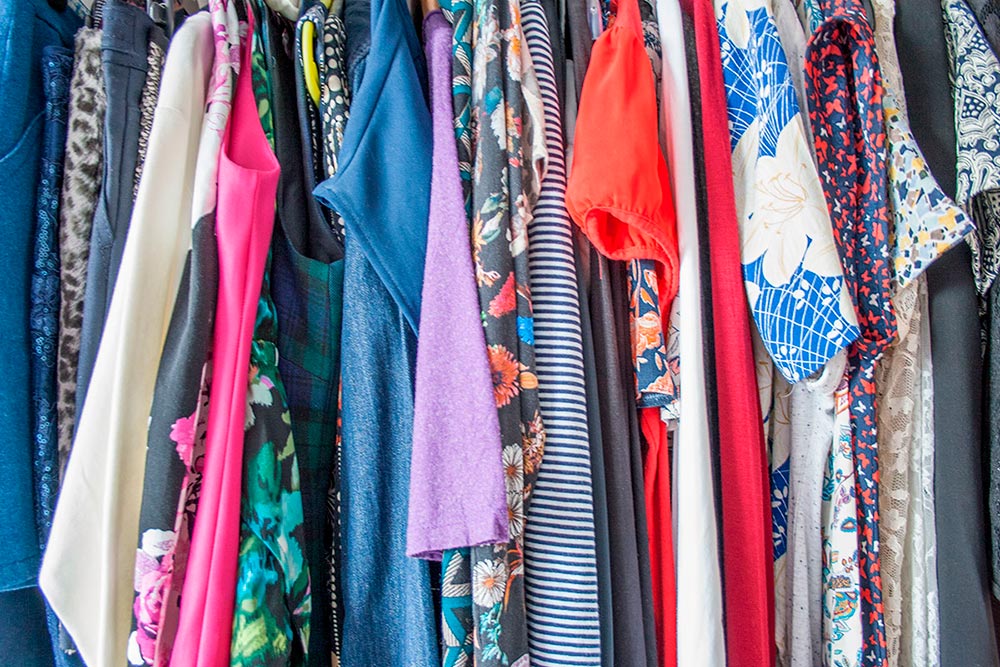
Natural fibers of fabrics
The first and most famous type is natural. These are all those that grow in nature or are obtained by shearing animals, and also with the help of a silkworm. These include linen, cotton, silk, wool and cashmere especially fashionable this summer. There are also natural fibers of mineral origin, for example, asbestos. It is used in industry and for the production of protective clothing, so this material cannot be found in a regular store.
Recently, viscose has been included in the list of natural materials, but initially it was ranked among artificial materials.
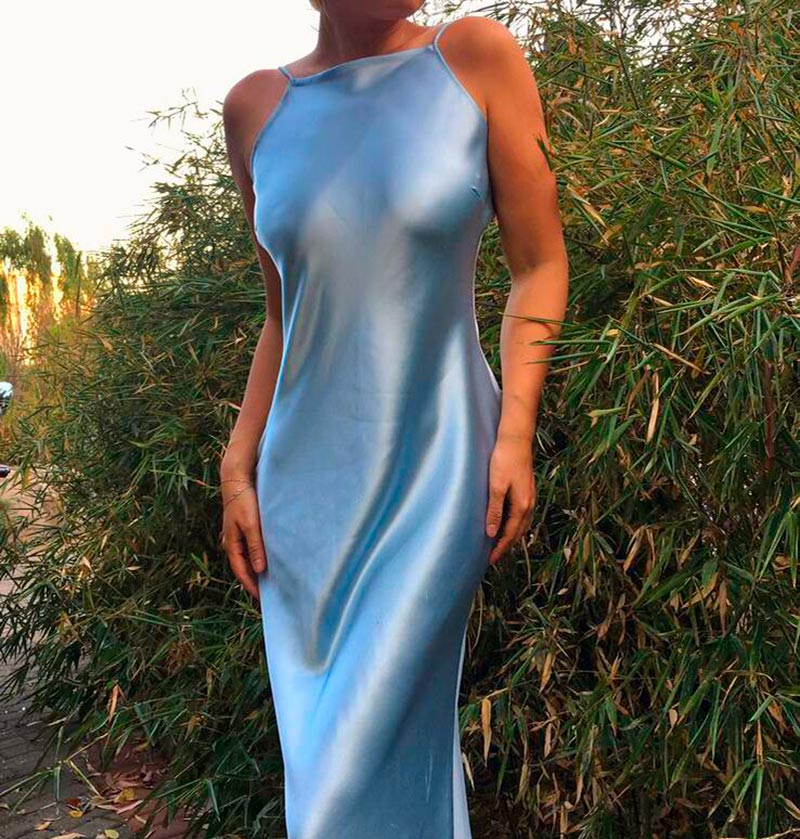
Silk dress
The advantages of natural fabrics are undeniable: they are easy to breathe, they are environmentally friendly, do not electrify, they are not hot in summer and not cold in winter. And of course, this is just prestigious - who can resist a dress made of natural silk?
But the disadvantages can be significant. We all know how easy linen wrinkles (and that's why we just stopped ironing it), wool can stretch or shrink when washed, cotton fades in the sun, and if you sweat in a natural shirt, wet spots will be visible to everyone from afar.

Synthetic fibers for clothing
This is where synthetic fabrics come in. Synthetics are a refined product. It is very easy to distinguish such fabrics - everything that starts with the words "poly" - polyester, polyurethane, polyamide (nylon and nylon are also its derivatives), polyacrylic, polyester, etc. Synthetics are used to make tights, faux fur and leather, dresses, trousers - whatever.
First of all, we remember the shortcomings of synthetics. The skin in it does not breathe (it's like putting on a plastic bag), clothes are electrified, can cause allergies, and there's no need to talk about environmental friendliness.
But there are also undeniable advantages! Synthetics perfectly protect from rain and wind, dries quickly, retains bright colors and practically does not deform. Also, these clothes are great for sports. Modern technology has advanced far ahead, so today sportswear stretches well, and manufacturers made sure that the fabrics breathe and wick away moisture.
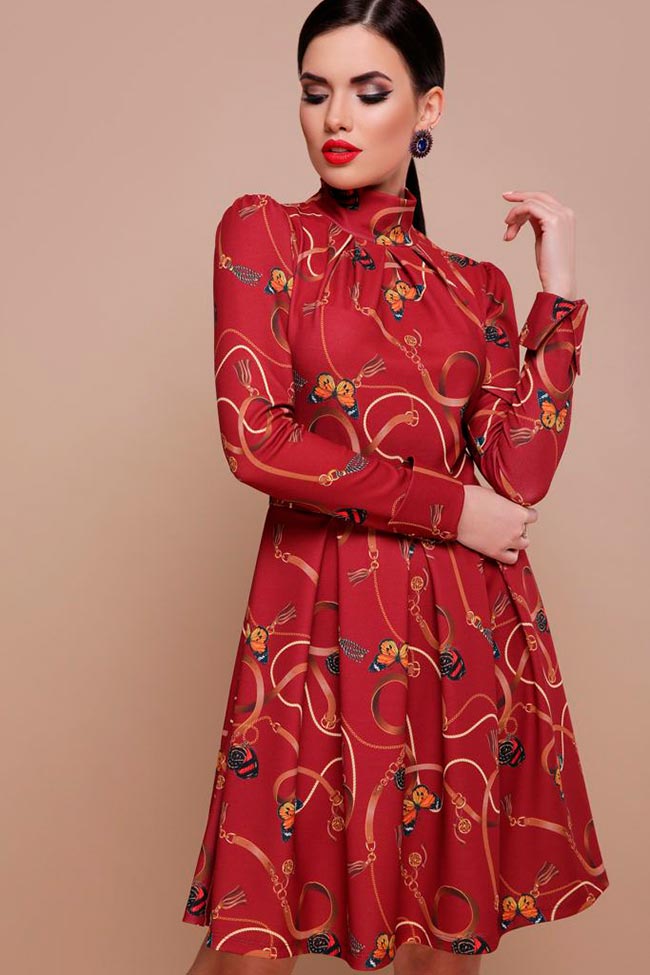
Polyester dress
Artificial
What is the third type of fiber there? These are the so-called artificial fabrics. These are fabrics that are obtained by chemical processing of cellulose. They are worth taking a closer look at! Man-made fibers combine the advantages of synthetics and natural fabrics and even surpass them to some extent. For example, viscose shines as beautifully as silk, while practically does not fade, and also absorbs moisture much better than cotton. True, it is still not so strong.
Lyocell (aka Tencel) also breathes well, while not inferior to cotton in strength. Acetate is outwardly indistinguishable from silk and is much cheaper. Among the disadvantages - it is electrified and not as strong as dense silk.
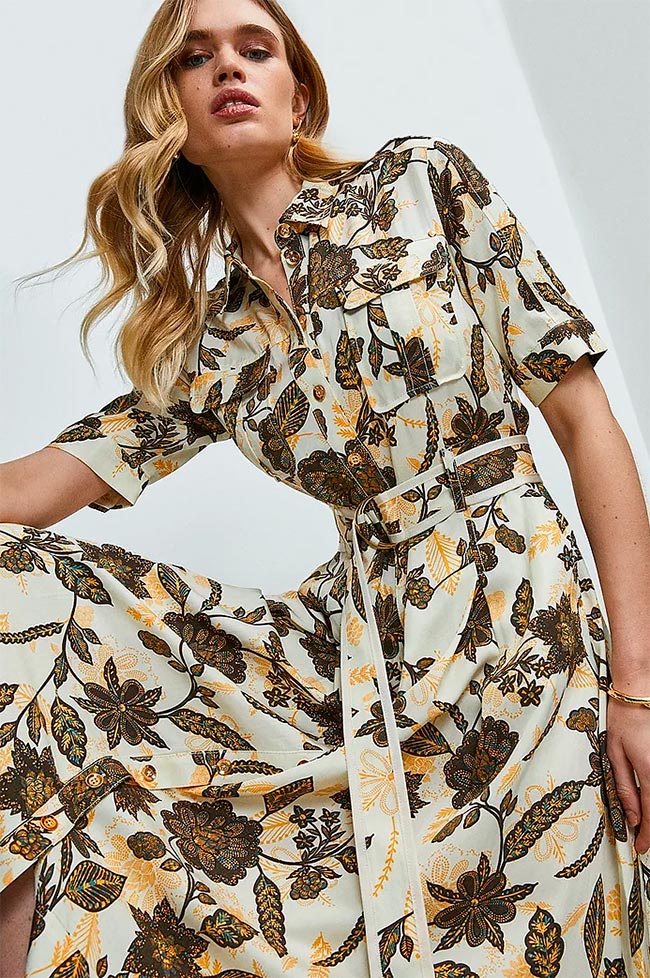
Viscose dress
How to choose fabric for clothes
Study yourself.What fabrics can I wear? Do I have allergies? Does a wool sweater bite? Am I comfortable in this fabric? What things did I wear and wear with pleasure?
Explore the composition. Which materials are suitable for me from the materials offered in the store? What can I allow in my wardrobe? Is this thing wrinkling already on the hanger? Is this sweater already rolling down? Leave them in the store if you are not ready to bring them to the "marketable" condition every day.

Combine! A small percentage of synthetics in the composition can prolong the "life" of a thing for a long time. A cashmere coat is great, but it will wrinkle. But a woolen coat with a small percentage of synthetics will not only warm, but also save you from the daily need to steam.
The choice is always yours. Do not be afraid to try new materials and brands, remember what is right for you, and choosing clothes for every day will only bring joy.
Comments and Reviews
Add a comment
Similar materials
Rating news
Shades of clothing that make women look younger
What shades of hair make women younger: rules and photos
Funny wedding dresses - photos and ideas
12 most expensive down jackets for the winter
How to look 25 at 40: tips from supermodels
Beautiful schoolgirls
Anti-aging haircuts and hairstyles for women
Fashionable skirts for autumn and winter
Fashionable women's trousers for the cold season
Fashionable and stylish sandals for summer 2024
Spring-summer 2024
 Fashionable dresses and tops with thin spaghetti straps
Fashionable dresses and tops with thin spaghetti straps
 Bandana tops: how to wear stylishly and beautifully
Bandana tops: how to wear stylishly and beautifully
 How to put together the perfect men's wardrobe for the summer
How to put together the perfect men's wardrobe for the summer
 Fashionable shorts for spring-summer 2024
Fashionable shorts for spring-summer 2024
 Fashionable skirts for spring-summer 2024: a guide to online shopping
Fashionable skirts for spring-summer 2024: a guide to online shopping
 The most fashionable dresses spring-summer 2024: styles and colors
The most fashionable dresses spring-summer 2024: styles and colors
 Fashionable total look 2024: ideas of images and trends
Fashionable total look 2024: ideas of images and trends

